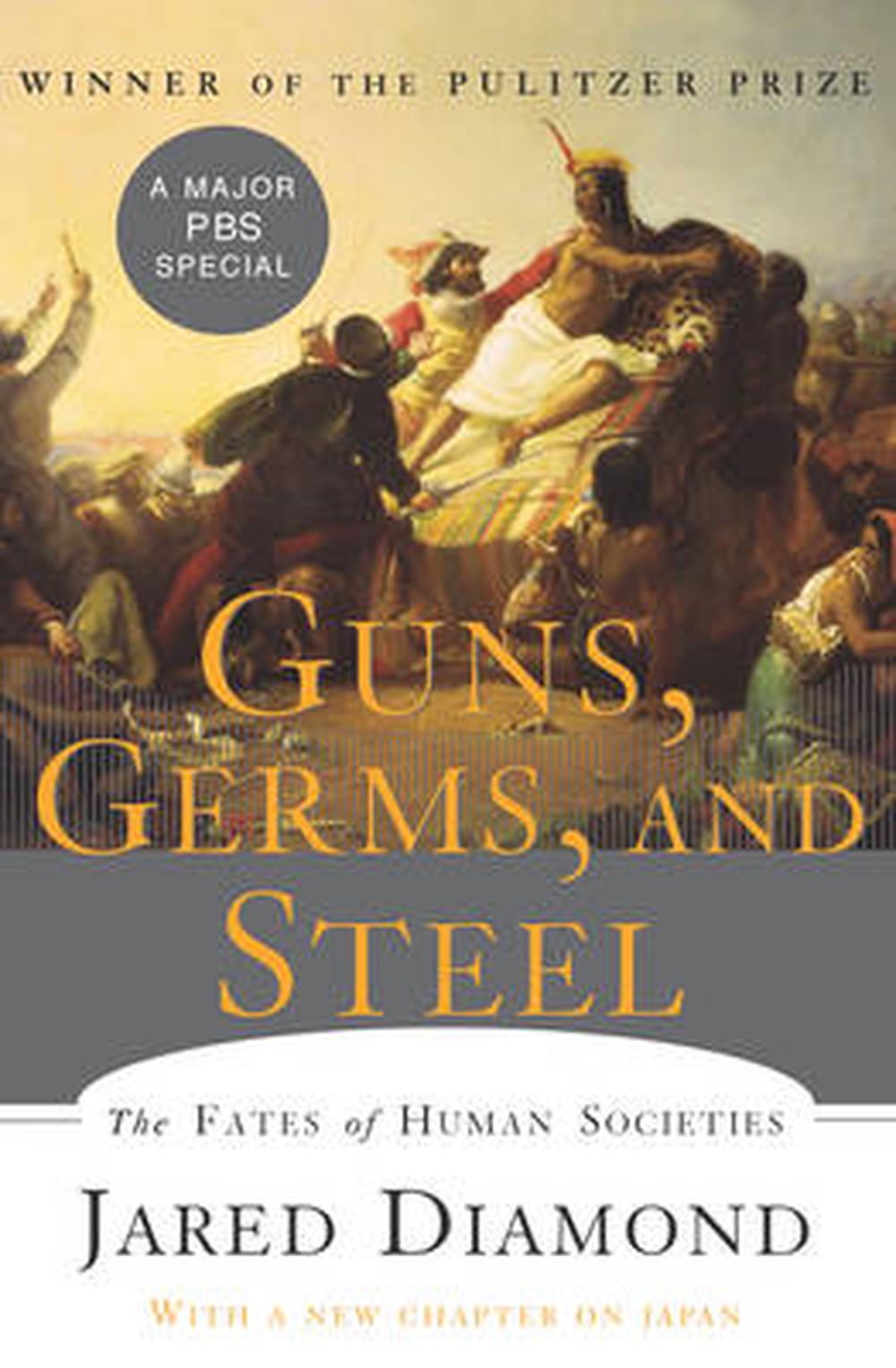
It turns out that the earliest Fertile Crescent crops, such as wheat, barley and peas domesticated around 10,000 years ago. Hence any attempt to understand the origins of the modern world must come to grips with the question why the Fertile Crescent domesticated plants and animals. Food production was the first choice of major innovations to appear in the fertile crescent.

All those developments sprang from dense human populations, stored food surpluses, and feeding of nonfarming specialists made possible by the rise of food production in the form of crop cultivation and animal husbandry. Cities, writing, empires, and civilization. That area appears to have been the earliest site for a whole string of developments. One of the central facts of human history is the early importance of the Fertile Crescent. The Fertile Crescent (near Iraq, Egypt and Jordan) “ History followed different courses for different peoples because of differences among peoples’ environments, not because of biological differences among peoples themselves ” – Guns, Germs and Steel For your free 7 day trial head to: Guns, Germs and Steel Summary Jared was studying bird watching in New Guinea when he came across a local politician Yali who asked the question he asked was “why is it that you white people developed so much cargo and brought it to New Guinea, but we black people have little cargo of our own?” It was a simple question and this book is the answer.ĭiamond shows us how “History followed different courses for different peoples because of differences among peoples’ environments, not because of biological differences among peoples themselves”


 0 kommentar(er)
0 kommentar(er)
